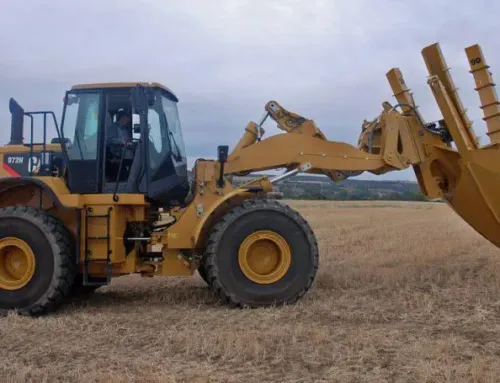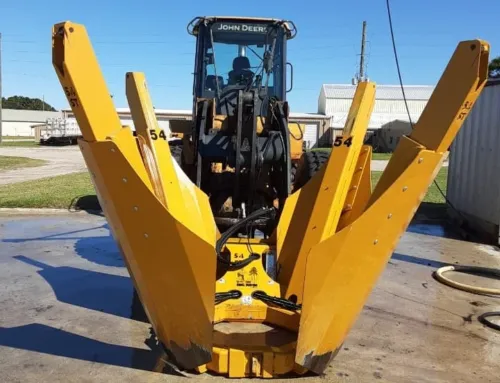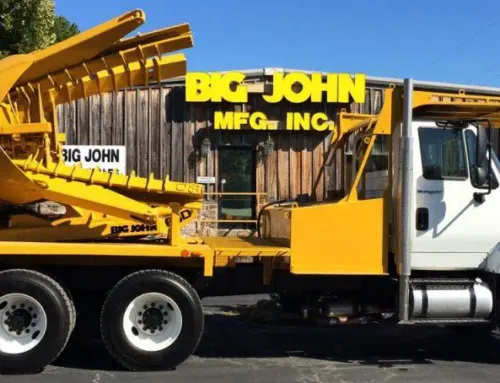Minimizing Transplant Shock: Strategies for Successful Tree Transplanting
Minimizing Transplant Shock: Strategies for Successful Tree Transplanting
Transplanting trees can be challenging, but with the right approach, you can reduce transplant shock and ensure your trees flourish in their new surroundings. Transplant shock is a common challenge that affects the tree transplant process, often causing stress and stunted growth. But there are ways to minimize it!
This guide will explore practical strategies for successful tree transplanting, from preparation to long-term care. Let’s dive in and discover how to make your tree transplanting endeavors a success.
Pre-Transplant Preparation: Setting the Stage for Success
Choosing the Right Time
Timing is everything, and so is using the proper tree transplanting equipment. The best seasons to move trees are typically in early spring or late fall when they’re dormant. This helps minimize stress and maximizes survival rates.
Selecting the Optimal Site
Location is key. Ensure your new site has the right light, soil type, and space to accommodate your trees. A well-chosen site sets the foundation for a healthy transition.
Preparing the Tree and Soil
Prepping the tree involves root pruning and proper hydration. Meanwhile, the soil needs conditioning, often with the addition of nutrients, to create the perfect environment for your tree.
The Transplanting Process: Steps to Minimize Shock During Transplanting
While mighty, trees are also delicate creatures, and transplanting can shock their system. These tips will help minimize the stress of moving your trees:
- Carefully dig around the root ball to preserve roots.
- Use a Big John tree transplanter for safe and efficient moving.
- Plant the tree at the same depth it was originally growing.
- Firmly pack soil around the roots to eliminate air pockets.
An Extra Tip: Immediate Stress Reduction
Consider using anti-transpirants to reduce water loss and provide temporary shade to shield your trees from environmental stress.
Post-Transplant Care: Nurturing Your Trees
The job doesn’t end after transplanting the tree! Proper care in the weeks and months after transplanting is essential for its survival. Here’s what we recommend:
Watering and Moisture Management
Regular watering is vital. Keep the soil consistently moist but not waterlogged, especially during the first few weeks. Scheduling regular watering sessions can help you stay consistent.
Mulching
Mulch helps retain moisture and regulate soil temperature. For the best results, use organic materials like wood chips or bark. We also recommend applying appropriate fertilizers as needed.
Monitoring and Responding to Stress Signs
Watch for wilting or leaf drop, and don’t underestimate the damage pests can cause. Address stress symptoms promptly to ensure recovery and growth.
Big John Manufacturing: Helping Your Forest Thrive
Addressing challenges like transplant shock is crucial if you want to transform your forestry practices. After all, no one should have to watch their trees suffer due to a lack of proper equipment or knowledge. At Big John Manufacturing, we understand these concerns and are here to help.
With over 40 years in the industry, our commitment is to support you every step of the way. Contact us to enhance your tree transplanting process with our expertise and top-notch equipment. Explore our catalog today!



